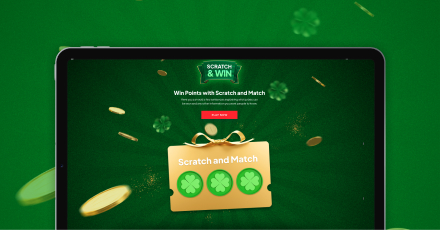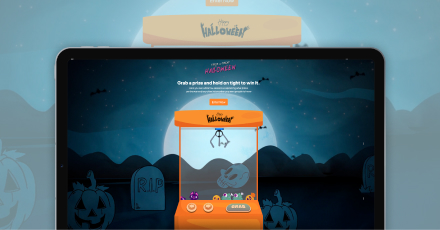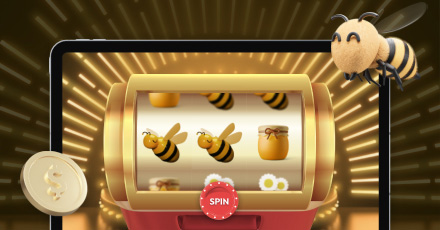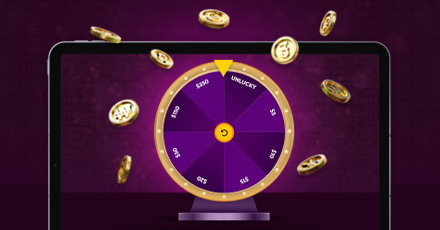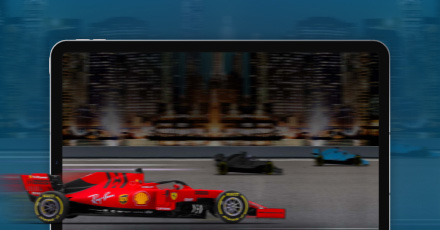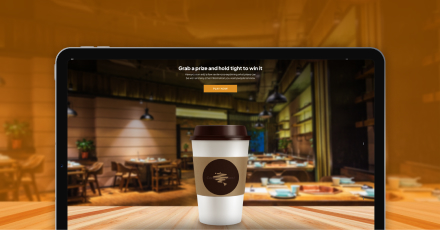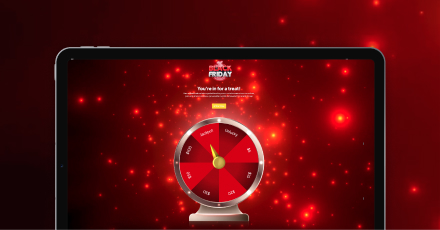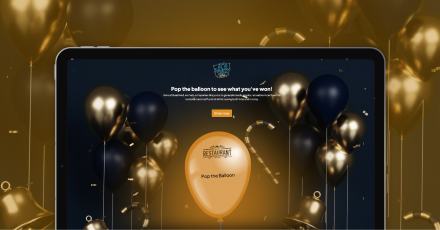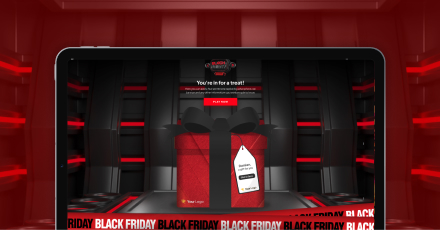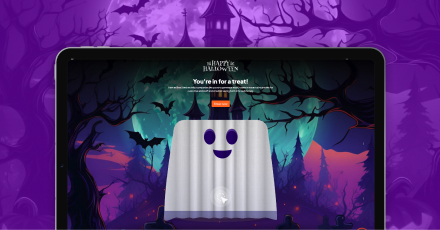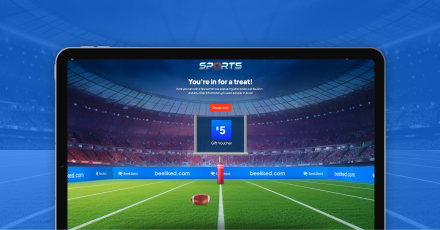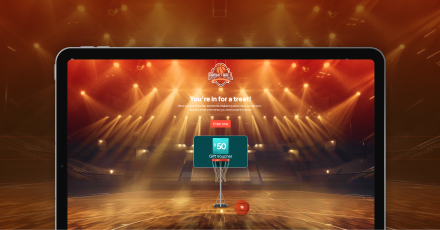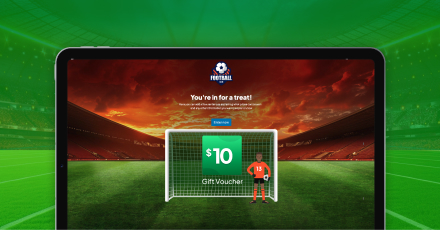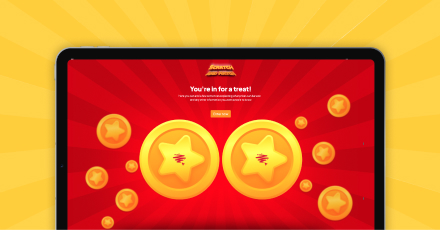Winning a discount, unlocking a hidden perk, or earning points with a purchase aren’t merely gimmicks or freebies. They’re deliberate strategies designed to shape consumers’ thinking, feeling, and acting. Gamification is shaping consumer behavior – it is the secret weapon for brands looking to capture attention, drive real engagement, and positively influence customers. It turns everyday interactions into compelling, rewarding experiences.
Traditional loyalty programs rely on points, badges, and progress tracking to encourage repeat purchases, but game mechanics take engagement to another level. For example, games of chance like spin-the-wheel promotions, instant-win scratch-off cards, and digital slot machines make interactions more thrilling. Unlike predictable rewards, these mechanics create a sense of uncertainty that triggers emotional investment, making customers more engaged in the process. This taps into the psychological principle of variable rewards, where the possibility of an exclusive discount, a free product, or a special perk creates anticipation and keeps customers returning.
When interactions feel more rewarding, customers are more likely to engage and spend. Companies with gamified reward programs have seen a 22% increase in customer loyalty, proving that these strategies are more than gimmicks. Gamification influences consumer behavior by strengthening retention and building lasting brand connections across industries. Many e-commerce businesses and retailers, such as McDonald’s and Sephora, have incorporated games of chance into their mobile apps to drive in-store visits, using prize-based incentives to encourage higher cart values. The hospitality and travel industries have also embraced gamification to enhance customer experiences, rewarding bookings with random bonuses or surprise upgrades. The unpredictable nature of games of chance makes interactions more compelling, encouraging repeat customer interactions. In this article, we will explore how gamification is reshaping consumer behavior, why it works so effectively, and how brands across different industries are using it to create more engaging, rewarding customer experiences.
What Psychological Principles Make Gamification Influence Consumer Behavior?
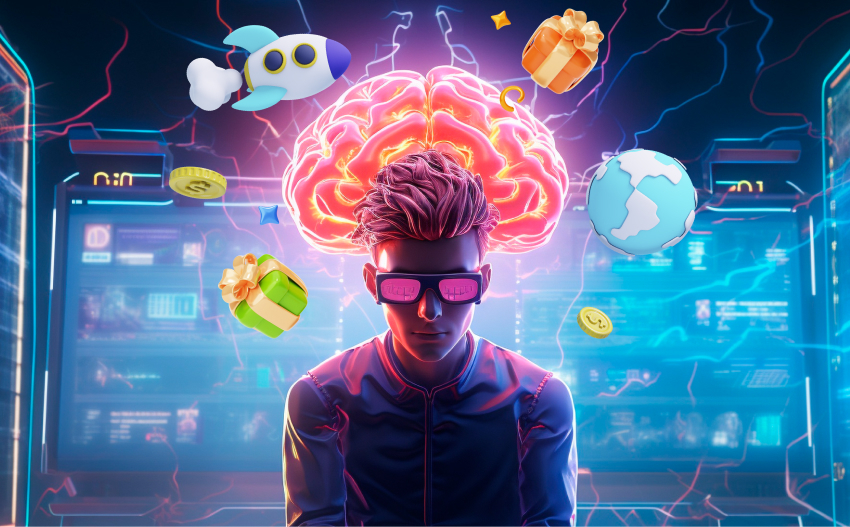
Gamification shapes consumer behavior by tapping into how people naturally seek rewards, build habits, and stay engaged. At its core, it leverages psychological principles like operant conditioning, intrinsic motivation, and loss aversion – powerful forces that influence decision-making and behavior.
Operant conditioning, a concept from behavioral psychology, explains why rewards drive repeated actions. When customers earn points, unlock perks, or receive unexpected bonuses, they associate engagement with positive reinforcement. Over time, this builds a habit, making them more likely to return.
Challenges, progress, and achievement also play a major role in engagement. Gamified experiences tap into intrinsic motivation by offering goals to reach, milestones to celebrate, and a sense of personal accomplishment. Unlike discounts or material rewards, these elements keep people engaged even when there’s nothing tangible to gain.
Loss aversion – the tendency to avoid losing something rather than focusing on potential gains – further strengthens engagement. Time-sensitive challenges, limited-time rewards, and streak-based incentives encourage participation by making customers feel like they have something to hold onto. Missing out on progress or an earned reward becomes a stronger motivator than the reward itself. This combination of psychological triggers turns routine interactions into experiences that feel meaningful and exciting. Gamification is shaping consumer behavior by creating experiences that keep people hooked and invested.
How Leading Brands Use Gamification to Shape Consumer Behavior and Drive Engagement
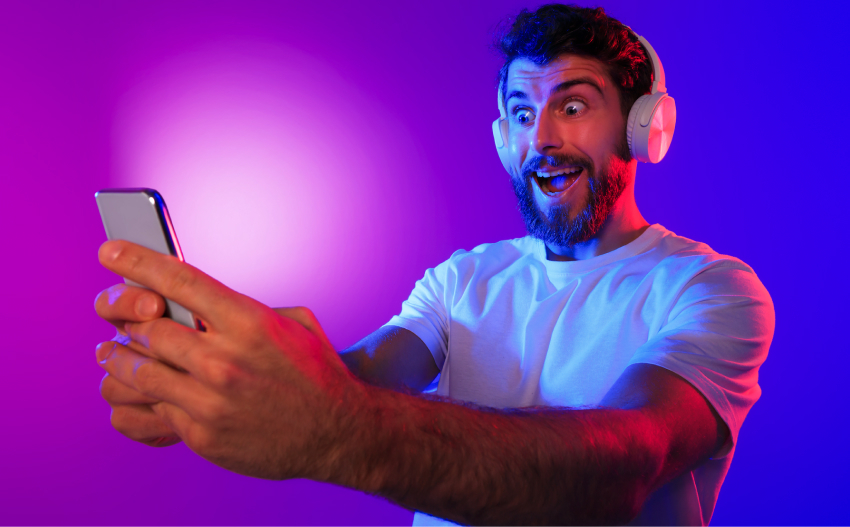
Many businesses have used gamification to strengthen customer engagement and loyalty. For example, Apple has turned fitness tracking into a game with the Apple Watch’s Activity app, where users aim to close their daily Move, Exercise, and Stand rings. The visual progress keeps people motivated, while challenges and achievement-sharing add a social element. Whether competing with friends or earning digital rewards, Gamification influences consumer behavior by rewarding their progress.
Peloton has also embraced gamification to make workouts feel less like a solo effort and more like a shared experience. Leaderboards, milestone badges, and real-time rankings push riders to challenge themselves while feeling part of a larger fitness community. The mix of competition and encouragement makes exercise more engaging, turning it into a habit rather than a task.
Microsoft has taken a different approach, using gamification to shape consumer behavior by making learning more engaging. Instead of relying on traditional tutorials, the company introduced “Ribbon Hero,” a game designed to help users master Microsoft Office. By turning skill-building into a challenge with points and rewards, Microsoft made learning feel less like work and more like play, leading to better engagement and knowledge retention.
Key Gamification Strategies Businesses Use to Influence Consumer Behavior
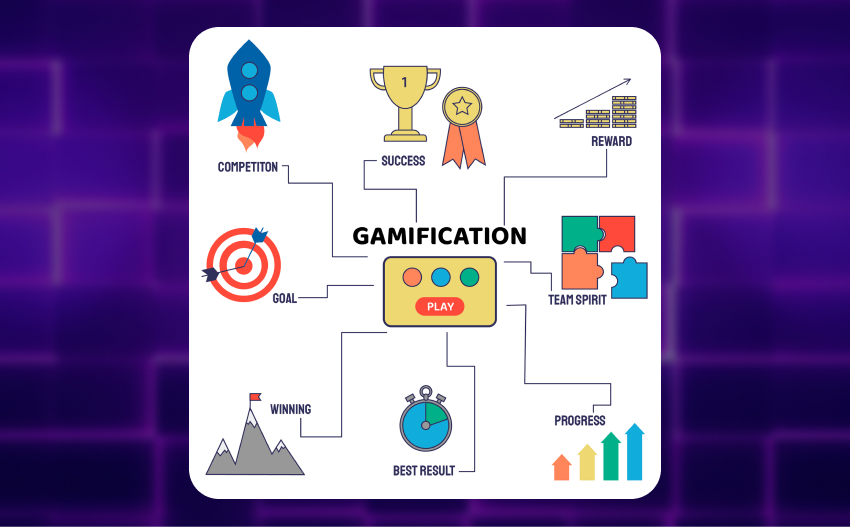
Using gamification for shaping consumer behavior isn’t merely about handing out rewards. The most effective strategies turn routine interactions into engaging experiences that feel meaningful. Businesses that understand this use motivation, competition, and rewards to strengthen customer relationships. Here are five approaches that work:
1. Progress Tracking and Goal Setting in Gamification to Shape Consumer Behavior
Breaking down a larger goal into smaller milestones encourages customers to stay engaged. Businesses can use gamification to influence consumer behavior by making progress visible and rewarding. Whether it’s a fitness tracker displaying daily movement goals or a rewards program showing progress toward the next perk, visualizing achievements makes participation more motivating.
2. Limited-Time Challenges and Rewards
Urgency influences decision-making. Time-sensitive promotions, streak-based incentives, and seasonal challenges push customers to take action immediately instead of delaying participation. Starbucks’ Double Star Days and Duolingo’s streak feature show how deadlines increase engagement. Businesses can run instant-win reveal games, such as Mystery Envelope, with BeeLiked to create time-sensitive engagement. When customers know they have a limited opportunity to win, they are more likely to take action.
3. Personalized Incentives in Gamification to Influence Consumer Behavior
Rewards that match customer preferences create stronger engagement. Brands using customer data to offer relevant perks, such as Sephora’s personalized birthday rewards, see higher participation. Giving customers options, whether a discount, exclusive product, or bonus points, makes incentives more appealing. BeeLiked’s platform allows businesses to offer flexible reward structures where customers can spin, scratch, or play for prizes that fit their interests. An interactive approach makes incentives feel more rewarding.
4. Social Competition and Community Engagement
Challenges and social interaction make engagement more dynamic. Leaderboards, referral programs, and shared achievements encourage participation by creating a sense of community. Fitness apps such as Peloton and Strava use this strategy to drive engagement, while brands running prize draws often include social sharing to increase visibility.
5. Using Variable Rewards in Gamification to Influence Consumer Behavior
Predictable rewards lose impact over time. Diversifying your prizes, adding random discounts, or hidden rewards, makes it more exciting. For example, Grabber promotions hook customers by offering them the chance to win various prizes. The possibility of securing their desired reward encourages repeat participation and makes each attempt feel more thrilling.
Avoiding Common Mistakes in Gamification That Impact Consumer Behavior
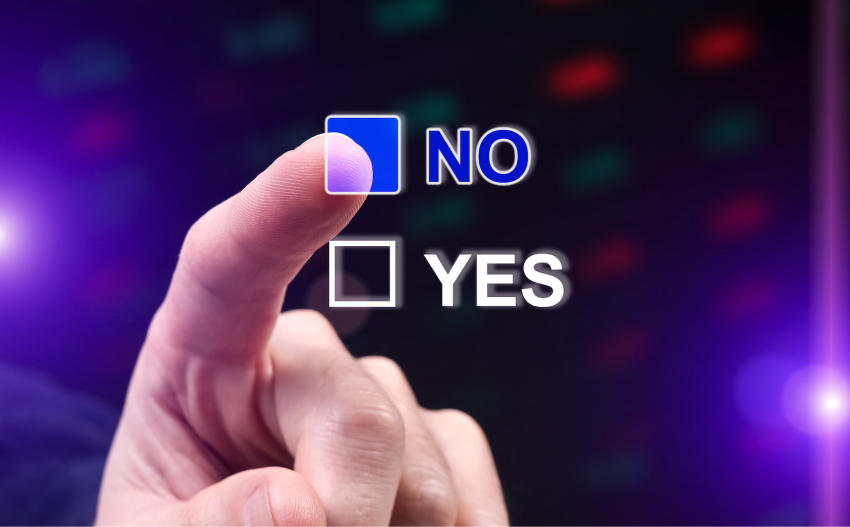
Poor execution can make gamification feel forced or frustrating instead of engaging. Here are five mistakes businesses make and how to avoid them:
1. Making It Too Predictable
If rewards always follow the same pattern, engagement drops. Variable rewards – where customers have a chance to win something unexpected – keep participation high.
2. Using Complex Rules That Discourage Participation
If a gamified promotion feels like work, customers won’t bother. Simple, clear mechanics that make it easy to play and win lead to better results. BeeLiked’s platform offers intuitive, user-friendly game mechanics that don’t require lengthy instructions. Businesses can launch engaging promotions without overcomplicating the experience for customers.
3. Offering Rewards That Don’t Feel Valuable
A small discount isn’t always enough to motivate action. Giving customers a chance to win something exciting – like free products, exclusive perks, or high-value discounts – creates stronger engagement.
4. Forgetting to Promote the Game
Even the best-gamified experience won’t work if customers don’t know about it. Strong marketing, clear CTAs, and visible entry points make participation easy. BeeLiked integrates seamlessly into digital marketing strategies, allowing businesses to embed gamified experiences across websites, emails, and social media. This ensures that campaigns reach the right audience and maximize engagement.
5. Failing to Keep It Fresh
A one-time game might get attention, but ongoing engagement requires variety. Changing up the prizes, adding new mechanics, or running seasonal campaigns keeps customers interested.
Shape Consumer Behavior With BeeLiked
Capturing customers’ attention is challenging in today’s competitive landscape, but gamification is shaping consumer behavior by making every interaction count. The brands that succeed don’t rely on generic rewards or complicated loyalty programs – they create moments of anticipation, excitement, and genuine value.
With BeeLiked, businesses can turn customer engagement into something interactive and rewarding. Whether it’s a spin-to-win promotion, a digital scratch card, or a time-sensitive prize draw, the right approach makes all the difference. Want to influence customer behavior in a way that drives lasting engagement? Explore how BeeLiked’s gamification solutions create interactive experiences that strengthen customer loyalty.
